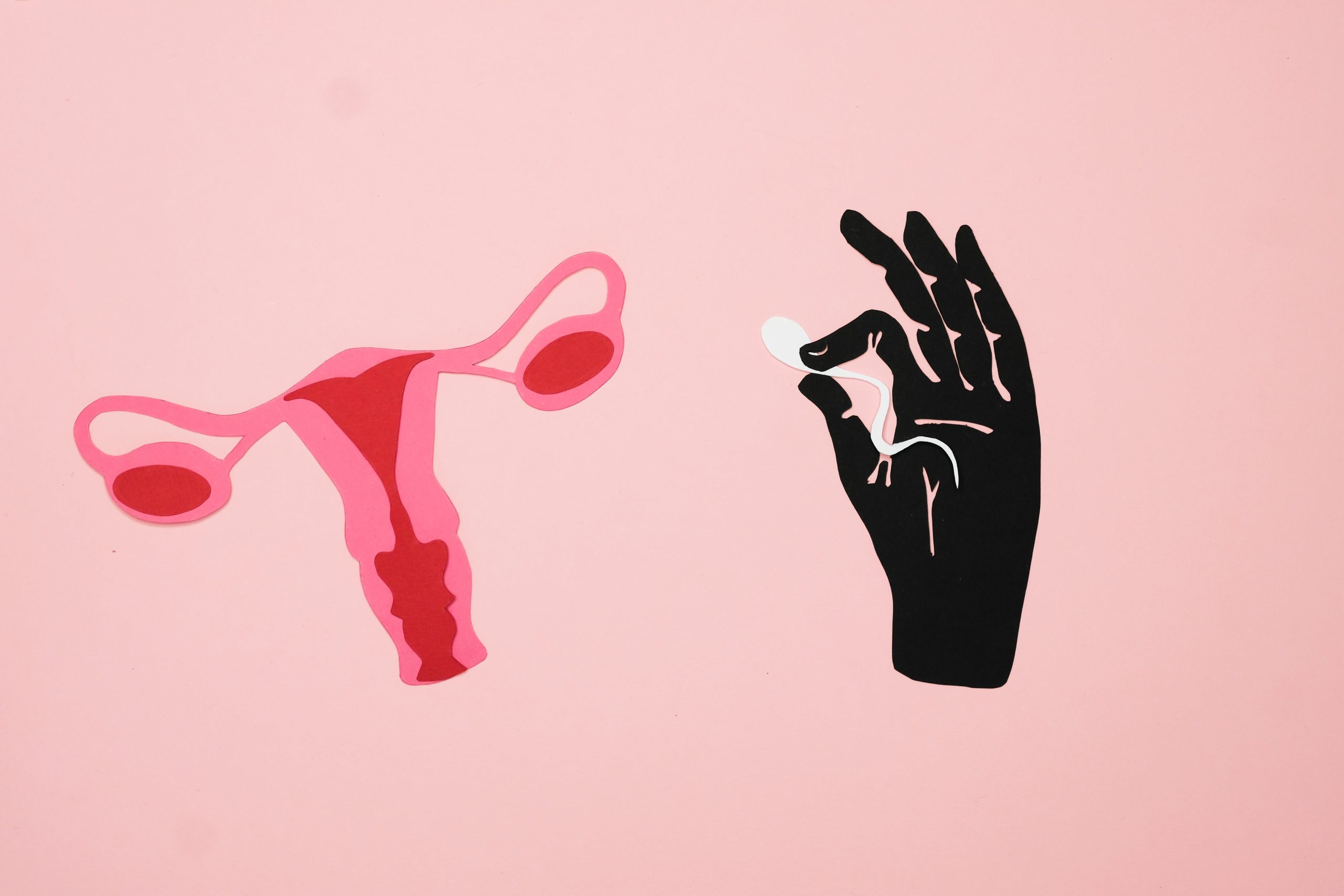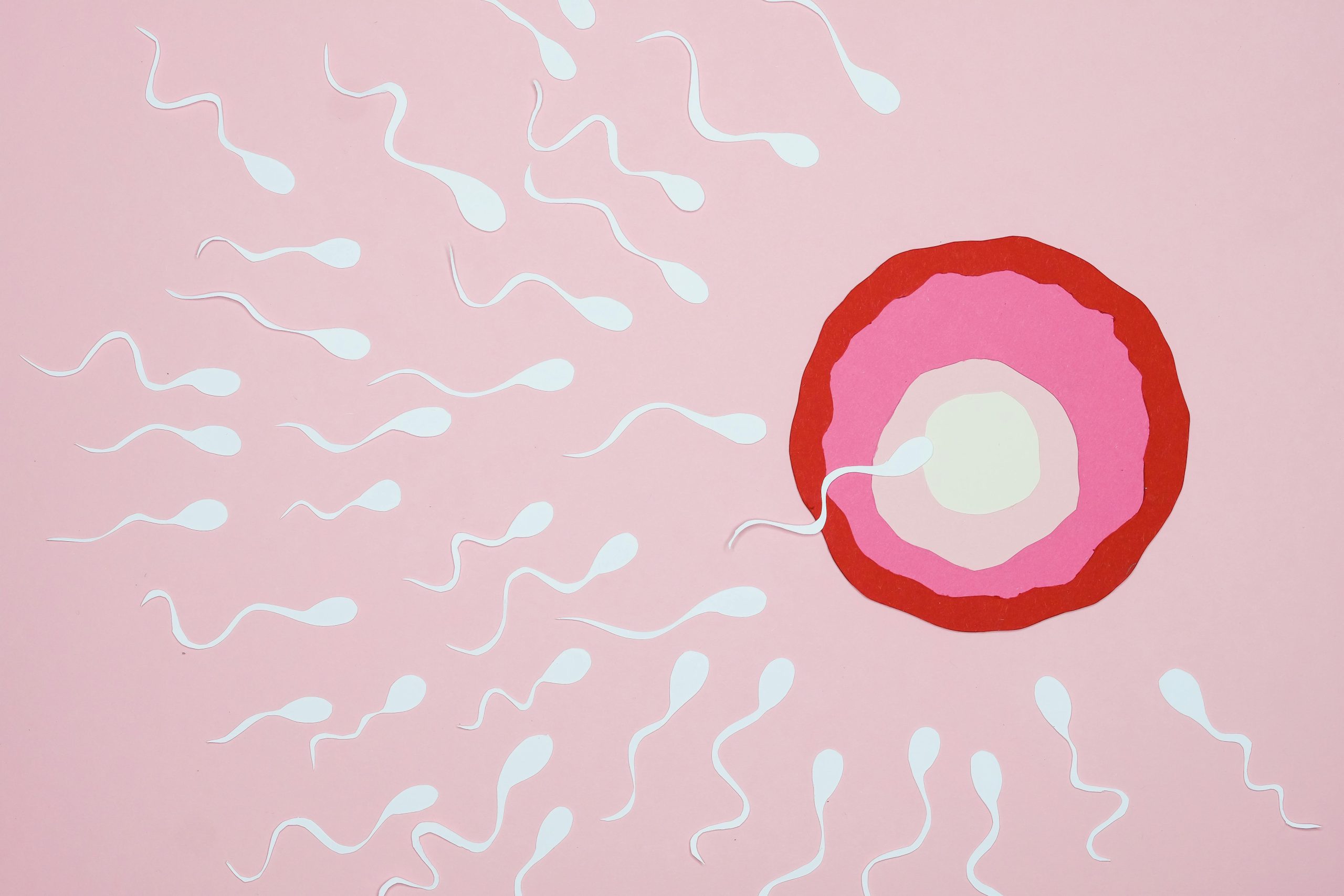Introduction
Essential ideas in Anatomy and Physiology 2 include conception and fertilization, illuminating the unique process by which life first emerges. The method of fertilization is explained in detail in this article, which covers the steps involved in joining sperm and egg and creating a new life.

The Fundamentals of Conception
The fertilization process
The process of fertilization initiates life. It happens when a sperm cell successfully divides into an egg to generate a zygote. This process lays the foundation for the emergence of a new organism.
Key Players: Sperm and Egg
The protagonists in this biological drama are the sperm and the egg. Each plays a unique role in ensuring the success of fertilization, with the sperm delivering genetic material and the egg providing the nurturing environment.
Timing and Conditions for Successful Fertilization
Timing is critical for fertilization. Understanding the window of fertility and the optimal conditions for sperm survival enhances the chances of successful conception.
Journey to Conception
The Fertilized Egg’s Journey
The fertilized egg travels through the fallopian tubes on a fantastic trip to locate a suitable location for implantation after fertilization. Although the process of creating life is complex, it is essential.
Implantation in the Uterus
The subsequent phase, implantation, is when the fertilized egg adheres to the uterine lining. It is advantageous for the placenta and the fetus for this system to develop early on.
Initial Embryonic Development Stages
It is astounding to see how an embryo develops in its early stages. Under the direction of precise genetic instructions, a complex creature starts to take form from a single cell.
Anatomy of Reproductive Organs
Male Reproductive Anatomy
Understanding the male reproductive anatomy, from the testes to the vas deferens, provides insights into the production and transportation of sperm.
Female Reproductive Anatomy
Crucial to fertilization is the female reproductive system, which comprises the uterus, fallopian tubes, and ovaries.
The interaction of the reproductive organs
The orchestration of reproductive organs is essential for successful fertilization. Appreciating their interplay enhances our understanding of the complex journey to conception.
Hormonal Influences
Hormones and Their Function in Reproduction
Hormones orchestrate the reproductive dance. Examine how hormones that assist conception and regulate the menstrual cycle, such as luteinizing hormone, progesterone, and estrogen, work.
Timing and Regulation of Hormonal Changes
Precisely timing and regulation of hormonal changes are crucial for synchronizing reproductive processes. Delve into the intricacies of hormonal fluctuations during the menstrual cycle.
Impact on Fertility
For individuals who are attempting to conceive, it is essential to comprehend the hormonal effects on fertility. Discover how hormone abnormalities might impact the likelihood of a successful fertilization.

Common Issues in Fertilization
Fertility Challenges
For some, the journey to conception is not without obstacles. Explore common fertility challenges and their emotional toll on individuals and couples.
Medical Interventions for Conception
Advancements in medical science offer various interventions for those facing fertility issues. From fertility treatments to assisted reproductive technologies, discover options available for conception.
Emotional Aspects of Fertility Struggles
Navigating fertility challenges involves not only physical but also emotional resilience. Acknowledge the emotional aspects of fertility struggles and seek support when needed.
The Miracle of Life
Miraculous Aspects of Fertilization and Conception
Fertilization and conception are undeniably miraculous. From the intricate dance of cells to the formation of a unique individual, every step in this process is a testament to the wonder of life.
Appreciating the Complexity of Creating Life
As we explore the intricacies of conception, pause to acknowledge the astounding process from start to birth. It serves as evidence of the very intricate nature of the human body.
Connection to the Broader Theme of Anatomy and Physiology 2
Understanding fertilization in the context of Anatomy and Physiology 2 reveals the interconnectedness of reproductive systems with other bodily functions. It emphasizes the holistic approach needed to comprehend the marvels of the human body.
Understanding Fertilization in the Context of A&P 2
The Connection Between Fertilization Knowledge and a Wider Study of Anatomy and Physiology.
A microcosm of anatomy and physiology 2 as a whole is fertilization. Understanding this system contributes to our overall understanding of the human body.
Interconnectedness of Reproductive Systems with Other Body Systems
Recognize the interconnected nature of reproductive systems with other body systems. From hormonal regulation to the integration of organ functions, every aspect contributes to the intricate web of life.

FAQs on Fertilization and Conception
Frequently Asked Questions Regarding Fertilization
Q1: How long does fertilization take?
A: The fact that fertilization often occurs 24 hours after ovulation illustrates how vital time is for conception.
Q2. Is it possible to fertilize anything but the fallopian tubes?
A: Although they are rare, ectopic pregnancies may happen when fertilization occurs outside of the fallopian tubes, which has specific health risks.
Q3. Does fertilization influence the gender of the resulting child?
A: The child’s gender is decided during conception, not during fertilization, unlike what the general public believes.
Q4. Can lifestyle factors affect fertilization?
A: Yes, lifestyle factors such as diet, stress, and substance use can impact fertility and the chances of successful fertilization.
Practical Tips for Those Trying to Conceive
Q5. What can couples do to enhance fertility?
A: Maintaining a healthy lifestyle, tracking ovulation, and seeking medical advice when needed are critical steps for couples trying to conceive.
Conclusion
In conclusion, the journey of fertilization and conception is a captivating exploration of life’s beginnings. From the microscopic union of cells to the complexities of reproductive systems, it underscores the marvels of Anatomy and Physiology 2. As we navigate this terrain, let’s marvel at the beauty of creation and appreciate the interconnected web that sustains life.








3 thoughts on “Embarking on the Journey of Fertilization and Conception in Anatomy and Physiology 2”